Slow Photography in Guatemala
The Art of Wet Plate an Interview with Jorge Luis Chavarría about slow photography.
“To be an artist, you need perspective to see more, to question more, reflect more, so that you can generate more.”
— Luis Chavarría
Breathe. Adjust the light. A little more to the right. Yes, just so. Now, look at the camera. Freeze. Hold … hold … hold. Flash! Breathe again.
The volatile chemicals slowly crawl along the glass, dark shadows and streams of light. Wait. Stepping back in time, a portrait of a Guatemalan woman appears, her face kind, strong, years of hard work, love and tragedy suspended; a raw beauty in the primordial stains of colloidal silver. This is slow photography, and it’s the way that Guatemalan photographer Jorge Luis Chavarría likes it, so much so, that he set up a studio dedicated to the meticulous art of wet plate photography. He is the only photographer in Guatemala to do so. Slowly and meticulously Chavarría is cultivating this art form and letting new ways of seeing Guatemala grow.
Wet plate photography, also known as wet plate collodion photography, is a 19th century technique, mainly used in the 1850s-1880s. The technique was pioneered by British inventor Frederick Scott Archer in 1851 and given fame by the legendary photographer Edward Muybridge, who coincidentally spent time in Guatemala in 1875 (albeit using dry plate photography) taking evocative photographs of the landscape and people. Wet plate photography is sought out and still used today by photographers and enthusiasts willing to make the effort to take on this complicated process.
While impressive, wet plate photography is certainly not fast or easy. Plates of glass treated with an alcohol-ether solution are placed in a wooden antique camera. The glass is again treated and developed using a ferrous sulfate solution to create a “perfectly imperfect” and permanent record. The process requires preparation, stillness and reflection, what Chavarría calls “slow photography.” Glass plates are in limited supply and wet plate chemicals not readily available in Guatemala, so Chavarria is forced to consider each piece extremely carefully. One photograph can take about 10 to 15 minutes, compared to mere seconds for a digital image. Chavarría often takes longer than 15 minutes, because for him, getting to know his subjects is why he takes photos.
Wetplating Guatemala
Guatemala is a place of contradictions; a painful, glorious and often brutal history beginning with the palpable legacy of the Mayas, leading to today with continued political instability, corruption and disillusionment. While there is economic hardship, some argue, it is one of the happiest places on Earth. Despite its complexities, people share fierce pride and generosity. This is the backdrop for Chavarría’s photos.
Chavarria portraits reveal a mosaic of personalities; each plate of glass a unique story, each a portal into another life. Artists, designers, musicians, fighters, mothers and children; their faces reveal lives lived, dreams unfulfilled and a desire for something more. They are the many-colored faces of Guatemala: dark, café and light. Faces hardened with time and soft with innocence, full of hope, sly humor and stern remembrance. Chavarría’s style is all about getting people to reveal themselves.
“The trick to good photography is to have a clear idea of what you want to say … the photo becomes a story about your conversations with people, you’re learning from them and they from you. I’ve always liked the collaborative part of making a photo. In the end, the experience of taking the photo has the same or greater value than the photo itself.”
Lapses in Time
Chavarría not only painstakingly creates portraits, he reflects on existence; they’re an existential window into the heart of his subjects. “During the photo I felt I was captured in a lapse of time, a moment of meditation into something deeper,” said of one of his subjects.
Chavarría’s secret to portraiture is his ability to see more and connect to his people and country. “In Guatemala there’s a lot of mistrust, due to a history of trauma. But I try to be as honest as I can about my process. And I follow through. It’s about trust.”
Experience has taught Chavarría that a good relationship with his subject is reciprocal. The results speak for themselves. This also translates into a dialogue with the viewers of his photographs. Chavarría believes connection creates empathy. “You can see what I’m trying to do without having to explain. It will confront something in the people that see it. It’s synchronization.”
For Chavarría his process is different than simply taking a photo of someone because he or she represents traditional or typical ideas of Guatemala. Chavarría doesn’t even like words like “classic,” “typical” or “traditional.” He says it’s easy to fall into this cliché and see Guatemala and Mayan culture as exotic in some way. He says that taking a photo with this type of gaze is akin to stealing. He argues that this type of photography creates more separation. “I’ve made a lot of those types of photos, so I understand how it’s better to take a different form and approach. I’m not just an observer, I’m a part of it.”
Chavarría is not only an artist, he’s also a software engineer. A saturated photography market in Guatemala means it’s necessary to have another means of income. “This country doesn’t allow us to survive as photographers,” says Chavarría, “at least not yet.” Still, Chavarría sees synergy between engineering and photography.
Methodical and creative, Chavarría has learned to solve problems with agility. “Included in the word ‘engeniero’ (engineer) is ‘generio’ (genius),” jokes Chavarría. “In photography you need to think: ‘What do I need to make this photo happen?’ and then you start to work methodically for all you need for that goal.”
Wet plate photography presented the right kind of artistic and technical challenges to ignite his curiosity. The two main issues Chavarría struggled with were controlling variables and focusing on synchronization. He explains how it’s an intricate dance between time, light and chemical wizardry. An anxious and impatient touch means a ruined photo. It took Chavarría almost two years of continual practice to master the technique. His allies are patience, trial and error, and various mentors he’s met along the way. Guatemala also presents the problem of a humid climate, and Chavarría found that his wet plates developed spots. After a great deal of experimentation, he discovered that heating the glass plates before using them to evaporate the moisture helped a great deal. “You’re forced to solve problems, and I think that’s the nice thing about it.”
Chispudo
Chavarría is chispudo. In Guatemala, they use the adjective “chispudo” for someone who is hardworking and dedicated. Chavarría is the first in his family to go to university, he’s also the first photographer in Guatemala to promote wet plate photography to a wider public. Chavarría’s photography has gained popularity in Guatemala, and he’s been covered on television, radio and in magazines. People are eager to know more about this enigmatic process.
Operating for less than two years, Chavarría’s wet plate venture might seem relatively new, but he’s had years of experience. For Chavarría, a self-taught artist, photography became a passion by accident. A trip to Costa Rica and “horrific photos” from a disposable camera were enough to send him on his path. After that, the self-proclaimed perfectionist immersed himself in all things photography, eventually finding his own style. As a photographer, Chavarría has also tackled subjects of little-known Guatemalan lucha libre, breastfeeding in public (somewhat taboo in Guatemalan culture), and the magnitude of environmental destruction in his home country. However, Chavarría’s main passion is his wet plate portraits.
Being a self-taught artist has meant both frustration and freedom. He’s taken a number of photography classes, but he felt trapped in a “copy, paste” holding pattern of traditional photographic training. Since he was forced to learn things on his own, he has a different relationship to photography. Chavarría explains that in Guatemala City there are very few or no museums of design or academies of arts, or schools of photography, as in developed countries. Yes, there are photography classes, he says, but you won’t learn about wet plate or special dark room techniques.
It’s relatively common to be a self-taught artist in Guatemala due to a lack of Government support for the arts. However, the internet has opened up a vibrant world in terms of connecting with other wet plate artists and sharing ideas. However, Chavarría noticed that not everyone is willing to share and give advice. However, he shrugs it off and smiles, knowing he will figure things out on his own.
The Magic
Chavarría is a lover of making slow-brewed coffee, and wet plate is like that perfect cup for him. In a world where photos and coffee are instantaneous, wet plate photography requires skill, time and reflection. “Slow coffee has a world of flavors that you don’t get with a coffee machine; you’re obliged to take your time if you want something delicious or distinct.”
Each weekend after numerous photo sessions, Chavarría returns to home happy. “This is what I want to do. It makes me feel alive.” Chavarría would like his wet plate photography to be his legacy for his children and grandchildren and a part of the fabric of Guatemala’s artistic past. His portraits help him to see his country with love, pain and hope; a place where he’s not only observer, documenter, but also collaborator at this particular time in history of Guatemala.
Chavarría wants more people to be able to experience wet plate photography. “Each photo has a unique and beautiful texture. Even if there are two or three photos done consecutively, the photos will always be different … and the photos are forever. That’s the incredible part.”
REVUE magazine article by Sonya Poller.
More Information: jorgechavarria.com
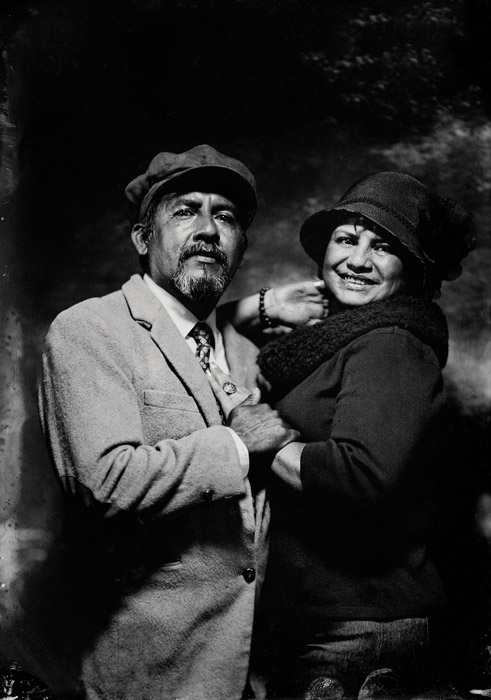
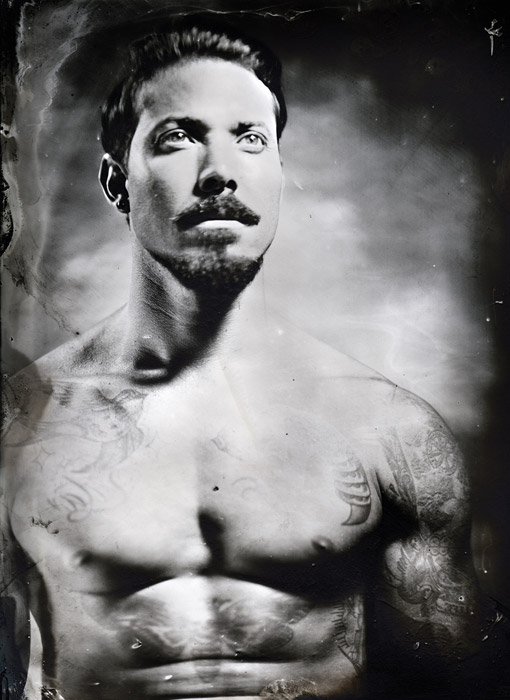
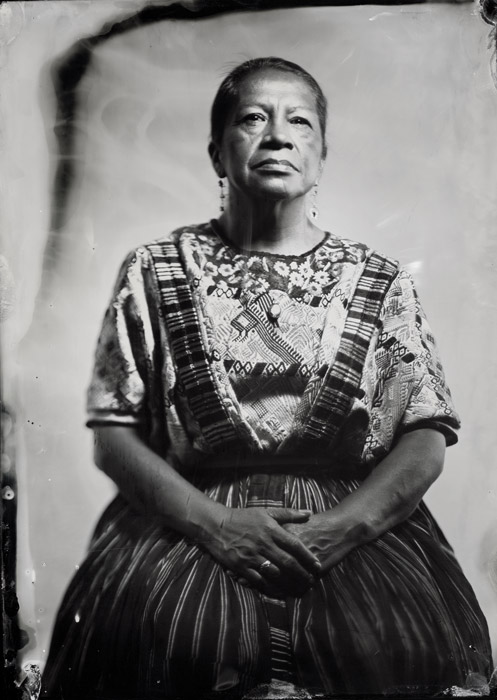
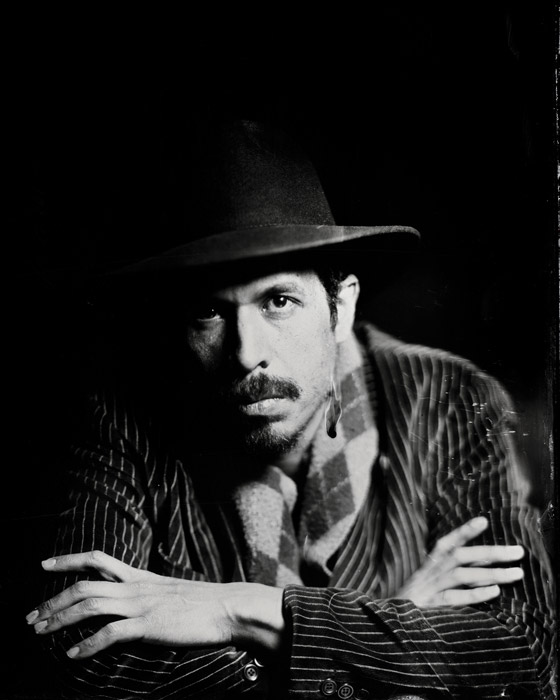
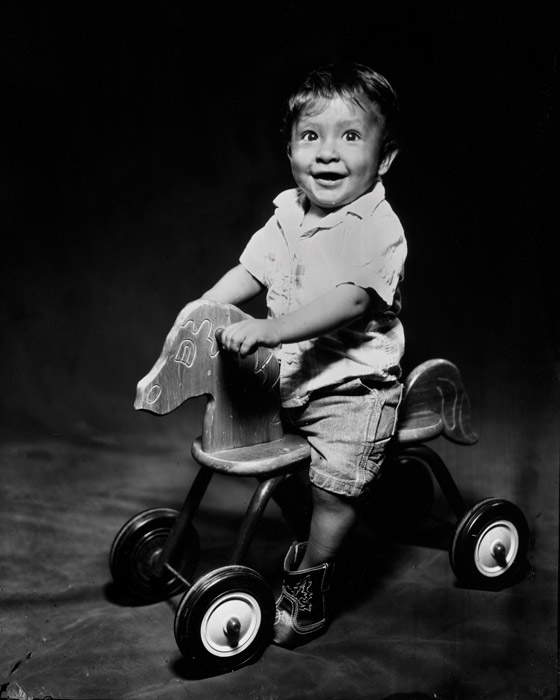
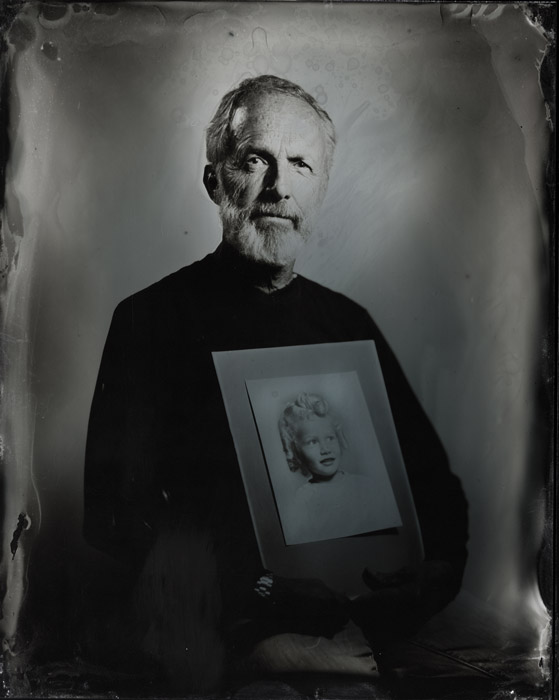
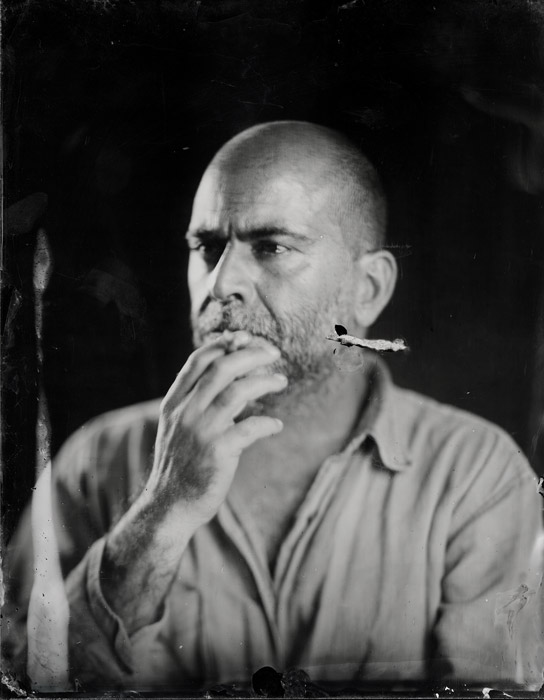
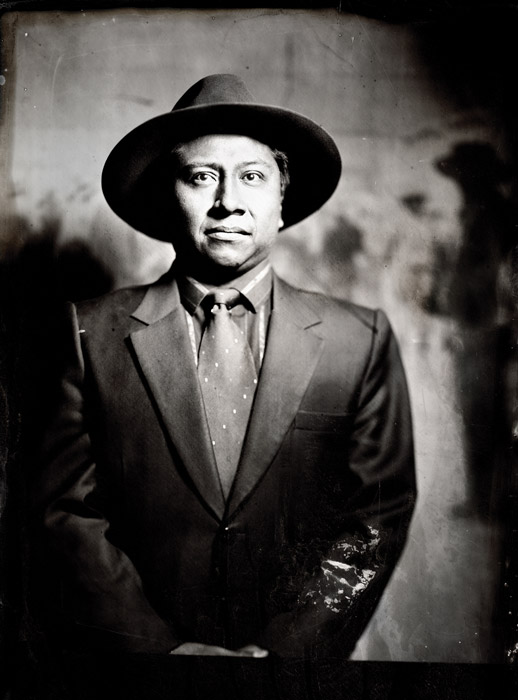
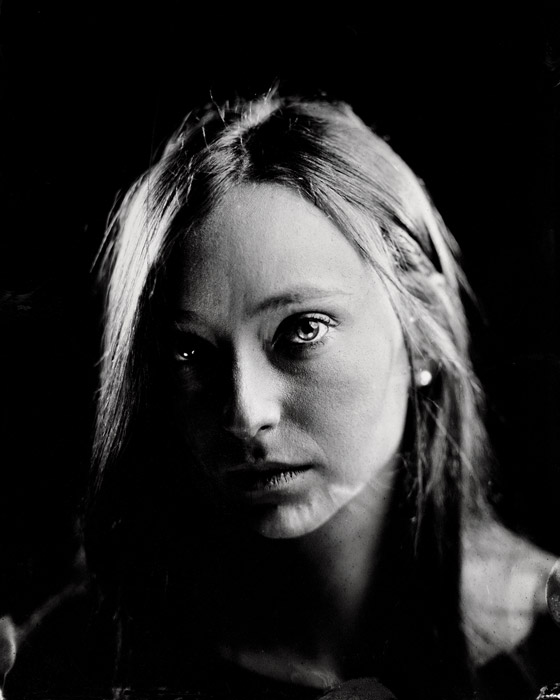
Touching, Inspiring and an absolute joy to read. I loved this article and even bookmarked it to read over again. Brilliant!
Thanks Bel, so glad you liked it.
Brilliant article, Sonya!